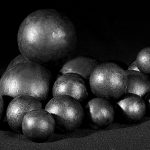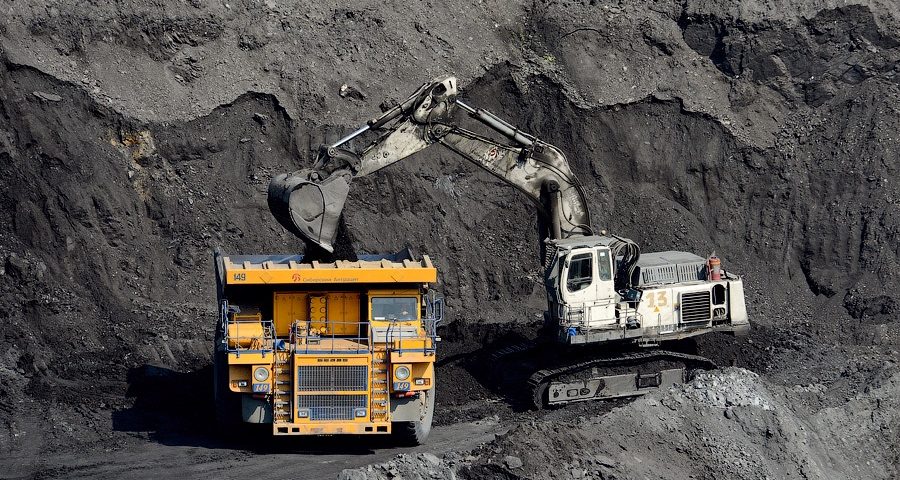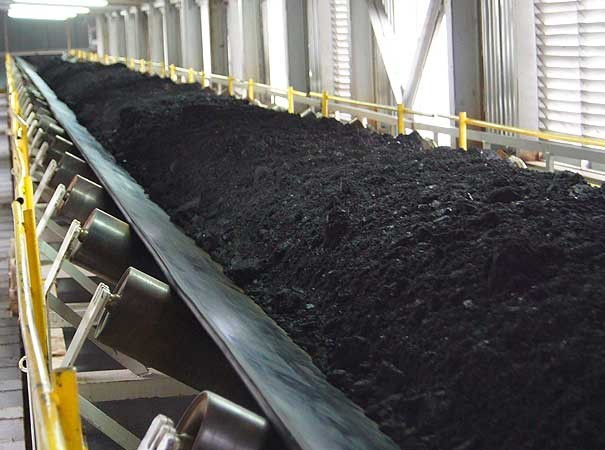
Grinding balls 5 group hardness
Mineral processing at concentrating plants includes a series of successive operations, which resulted to separation of mineral components from impurities. According to the destination the processes of mineral processing is divided into preparatory, basic (concentrating) and auxiliary (final).
Preparatory processes are designed to mineral opening in result of the destruction splices minerals from the waste rock or splices of some minerals with others to form a mechanical mixture of particles and pieces of different mineral composition, as well as to bring minerals to the size required for further enrichment. Preparatory processes include crushing and grinding.
In concentrating factories and metallurgical plants crushing and grinding of minerals are produced with a high degree of particle size reduction, prior to enrichment. For example, sometimes minerals need to grind to a particle size of less than 0.1 mm.
Getting such a high degree of fragmentation in a crushing machine is almost impossible. As a result of their design, machines for crushing and grinding (crushers and mills) are working effectively only with a limited degree of grinding. Therefore, a rational way of crushing and grinding material from the original size to the desired size is using several sequentially operating crushing and grinding machines.
Depending on the size of crushed material and crushed product, cleavage stage have special names: the first stage – coarse crushing (from 1500-300mm to 350-100 mm); the second stage – secondary crushing (from 350-100mm to 100-40 mm); third stage – fine crushing (from 100-40mm to 30-5 mm).
The subsequent operation in which the material enters after second or fine crushing (pieces smaller than 50 mm), is called grinding. As a result of the grinding process is product whose particle size less than 5mm.
Between the crushing details of grinders there is a gap that is filled with the material under load and remains free while idling. Thanks to the “sizing” gap crushers issue lump product, with a predominance of coarse fractions. In the grinding mills grinding parts are separated by a layer of material only under load and when idling they touch. Mills give powdery product with a predominance of small fractions, because the working gap between the grinding medias (grinding balls) is close to zero.
Thus, thanks to the consistent use of crushers and mills was attained disclosure of minerals to form a mechanical mixture of particles of different mineral composition, suitable for subsequent separation in the enrichment process, as well as the operation of averaging of minerals that can be carried out in the mines, quarries, mines and concentrating factories.



